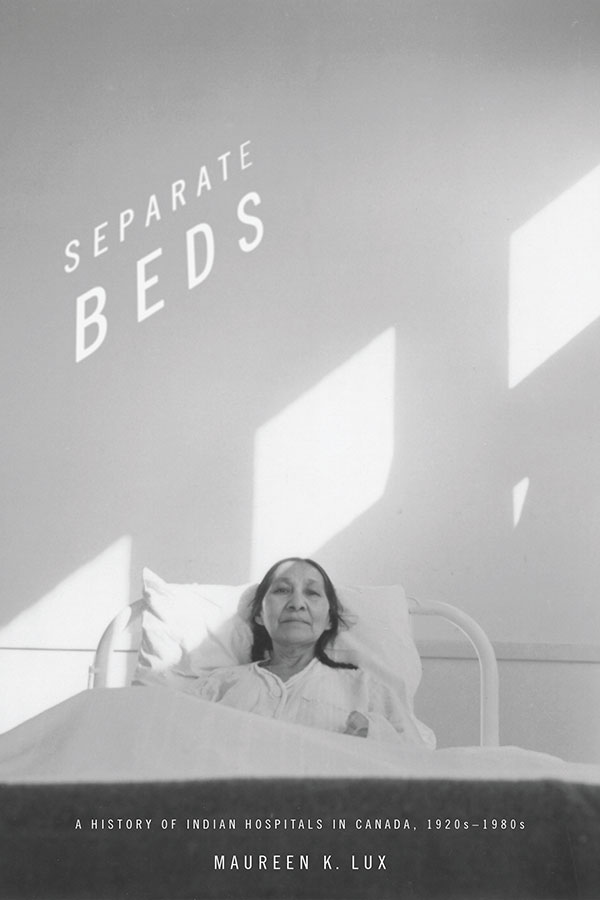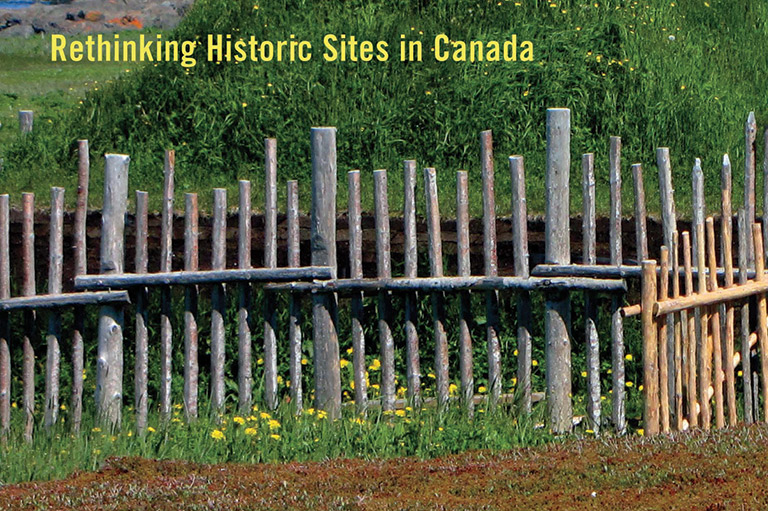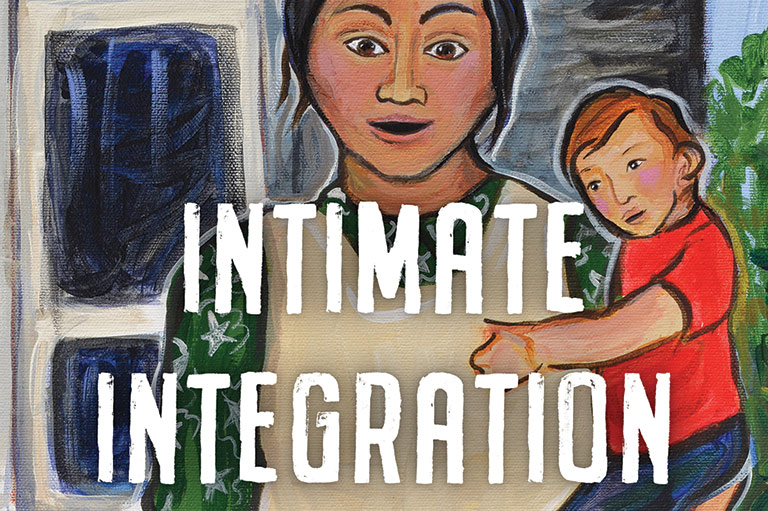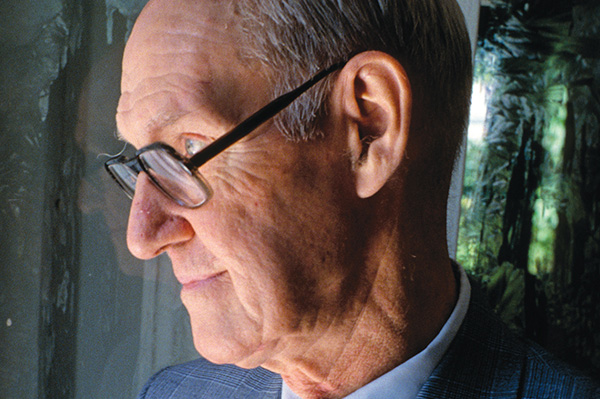Discover a wealth of interesting, entertaining and informative stories in each issue, delivered to you six times per year.
Separate Beds

Separate Beds: A History of Indian Hospitals in Canada, 1920s–1980s
by Maureen K. Lux
University of Toronto Press
285 pages, $32.95
Separate Beds is a wide-ranging study of Indian hospitals in Canada. The thoroughly researched book traces the history of hospital staffing and operations, the experiences of patients, the development of national policies regarding Aboriginal health care, and efforts by Aboriginal communities to resist oppression and discrimination.
Author Maureen K. Lux draws on traditional archival research, oral histories, and first-hand accounts. Her writing is complemented by striking photographs, including some by renowned portrait photographer Yousuf Karsh.
Lux, a teacher of Canadian and Aboriginal history at Brock University, takes an academic approach to Indian hospitals. She contextualizes her study within the Canadian government’s colonization of Indigenous lands and resources, connecting the hospitals to broader assimilationist strategies and socio-economic disparities.
Her book recounts the birth of the Indian hospital system and its emergence as a formalized institution in the 1920s and 1930s, a time when discourses of scientific racism circulated hand in hand with a public fear of tuberculosis. Vulnerable Aboriginal populations, already at risk from a lack of adequate resources, were presented as a threat to Canada’s health and morality.
Lux calls the Indian hospital system a “high drama intended to demonstrate the gift of modern medicine [and] the arrival of a progressive and benevolent state.” Compared to most Canadian health centres, Indian hospitals offered weaker services and operated with reduced funding. They focused on providing vaccines and quarantines, thereby allowing affluent non-Aboriginal communities to feel safe and separated. Some hospitals even allowed risky, experimental procedures to be performed on Aboriginal patients.
Despite their flaws, these institutions were welcomed by many Aboriginal communities, which regularly mixed their own traditional practices with Western medicine. Several fought in the 1960s to keep the hospitals, seeing health care as a treaty right.
Lux’s detailed account will surely be of use to scholars of Aboriginal history and health care, as well as to people interested in the development of Indian hospitals in Canada.





